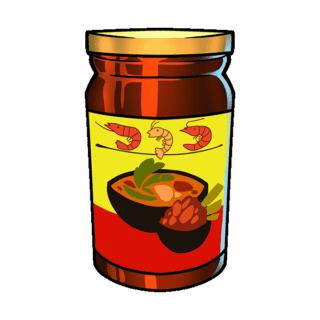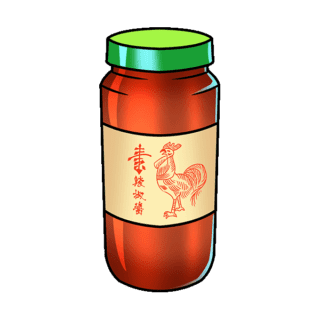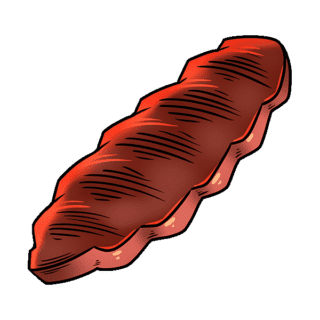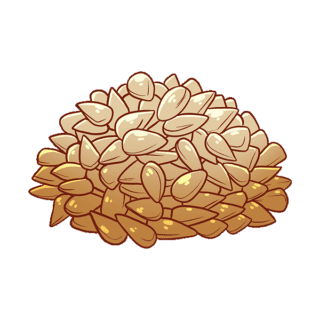Shrimp Paste (Balchao, Kapi, Mam Tom)
This condiment is extremely common in cuisines throughout Southeast Asia and southern China, where it’s integral in many dishes. At its most basic, it’s made by pounding shrimp and/or krill into a paste, salting the resulting mixture, and then letting it ferment from there. It’s a staple in many curries and sauces, in which it’s often integrally important.
Other than that, there is a huge variety in the characteristics of shrimp paste not just from country to country, but even within a given country from region to region.
One of the areas where shrimp paste can vary the most is in its presentation and moisture content — that is, in some areas, shrimp paste will be a thick, viscous liquid while in other regions it’s sold as a dried brick. Meanwhile, the color can range from pale light pink to deeper red to a strong dark brown.
The other realm in which you’ll find different characteristics is the flavor and aroma. Both based on region and quality, some shrimp pastes will have a much stronger flavor and smell than others; some consider higher quality shrimp paste to have a milder smell, for example.
Uwajimaya carries different versions of shrimp paste in our grocery department, where you can check them out and decide which works best for you.





